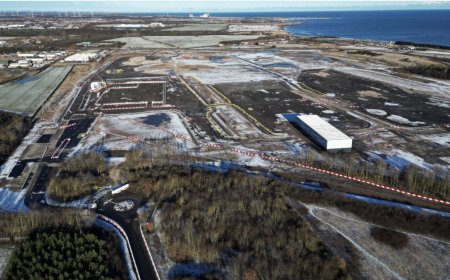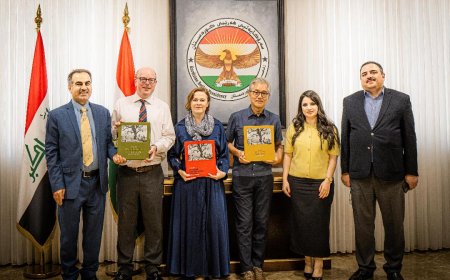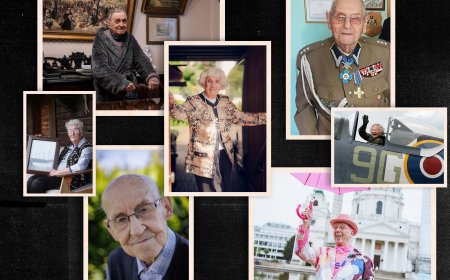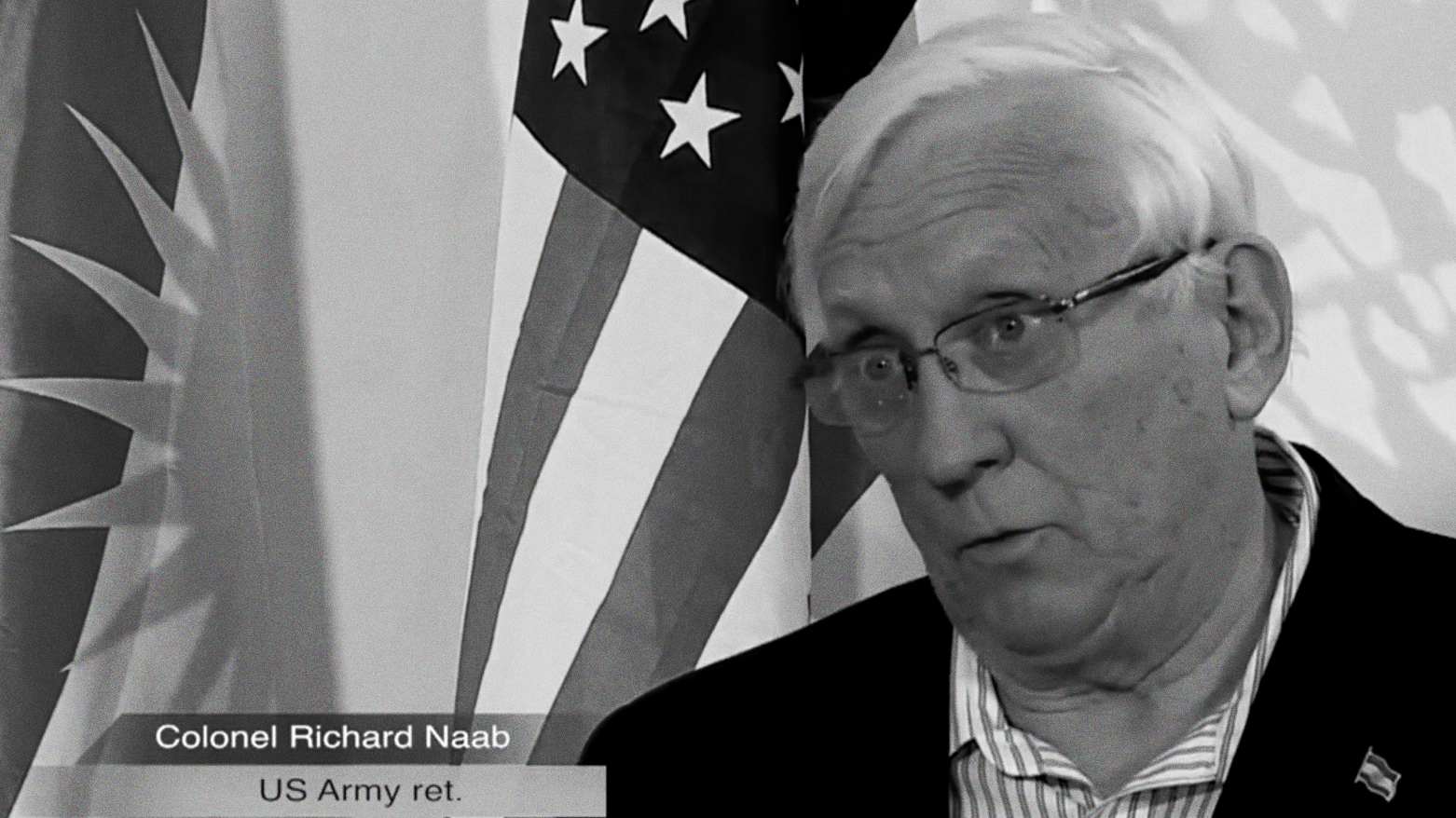Beyond Binary Narratives: The Gaza Crisis and Civilian Suffering
Dr Sirwan Abdulkarim Ali / Political analyst and academic
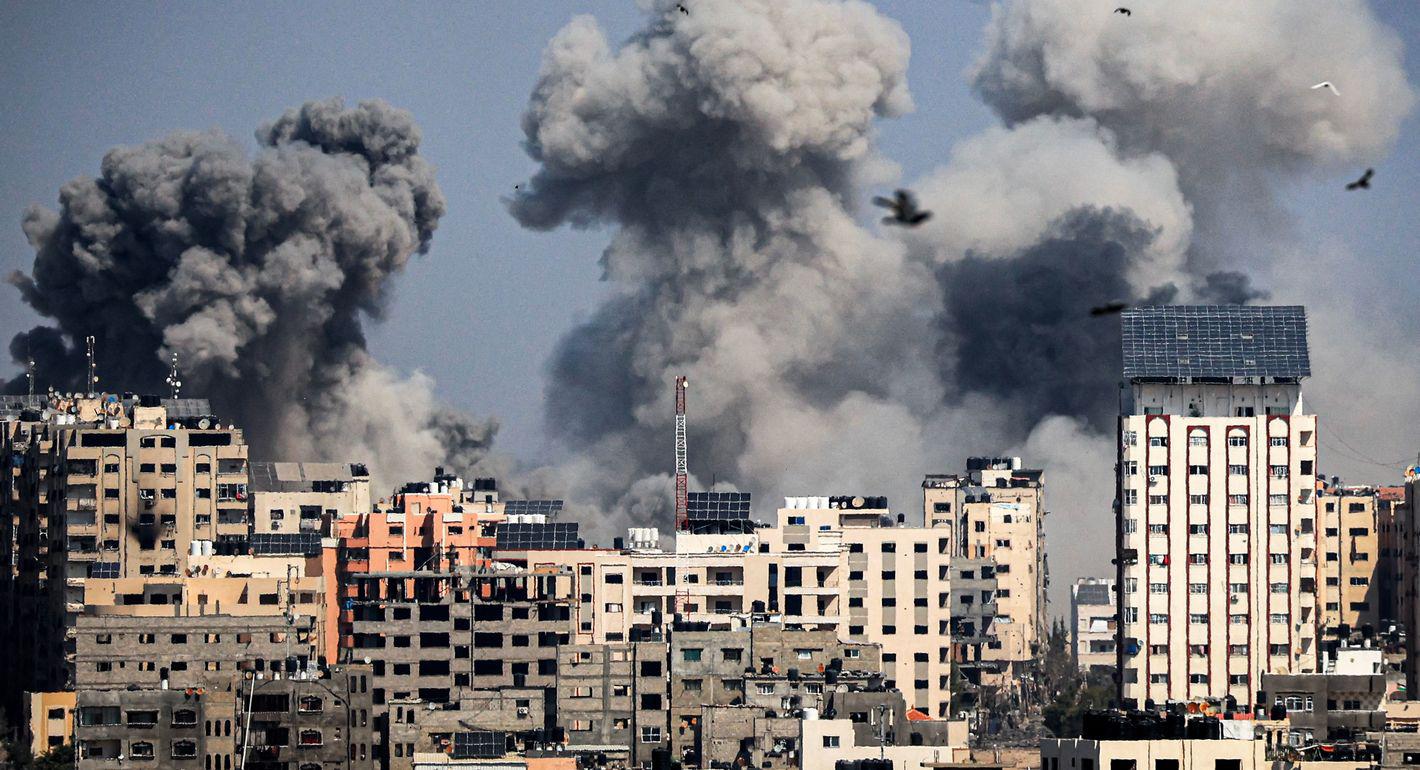
The Israeli-Palestinian conflict, particularly the recent escalation in Gaza, has polarized global opinion into rigid camps. Yet the reality on the ground resists simple narratives. Understanding this crisis requires acknowledging uncomfortable truths about all parties involved and recognizing that civilians pay the highest price for decisions made by political and military actors.
International humanitarian law (IHL) exists to protect civilians during armed conflict. Yet violations occur across the spectrum of actors in this crisis. Israel faces credible accusations from human rights organizations regarding disproportionate use of force, collective punishment through blockades, and insufficient measures to minimize civilian casualties. These concerns are documented by groups ranging from Amnesty International to Human Rights Watch.
Hamas and other Palestinian armed groups stand accused simultaneously of serious violations: launching indiscriminate rocket attacks toward Israeli population centers, taking hostages including civilians, and locating military infrastructure within densely populated civilian areas. These actions also violate international humanitarian law and endanger Palestinian civilians.
The October 7, 2023 attacks resulted in hundreds of Israeli deaths, mostly civilians, and over 240 hostages taken. The subsequent Israeli military response has killed tens of thousands in Gaza, the majority civilians according to international observers. Both events constitute tragedies that demand accountability.
The human shield dilemma is observable from both sides because one of the most contentious claims in this conflict involves allegations that Palestinian armed groups use civilians as "human shields." This accusation requires careful examination. Gaza is among the world's most densely populated territories, with over two million people compressed into 365 square kilometers. This density, roughly 5,500 people per square kilometer, makes the separation of military and civilian infrastructure extraordinarily challenging under any circumstances.
Evidence suggests Hamas has positioned military assets near civilian structures, including hospitals and schools. However, population density alone means that almost any military activity in Gaza occurs near civilians. The question becomes: what constitutes genuine human shielding versus the unfortunate reality of conflict in an urban environment? International law requires armed groups to take all feasible precautions to protect civilians, while also requiring attacking forces to distinguish between military and civilian targets and ensure proportionality.
What remains undeniable is that civilians, Palestinian families unable to evacuate, Israeli communities within rocket range, bear the consequences of these tactical and strategic decisions. This is another political calculations and civilian cost in the history.
The claim that Palestinian leadership exploits civilian suffering for political gain touches on a painful dimension of the conflict. Political movements in protracted conflicts sometimes calculate that international sympathy generated by civilian casualties advances their cause. This criticism has been leveled at Hamas leadership, particularly those living outside Gaza, who may view continued conflict as politically beneficial even as Gaza's population suffers.
Yet this critique applies more broadly. Israeli political leaders have also been accused of pursuing military objectives that yield significant civilian casualties while serving domestic political agendas. Security operations can bolster political support even when they devastate communities and arguably undermine long-term security.
The fundamental problem is that in both cases, civilian populations become instruments rather than the primary concern. Palestinian civilians lack agency in decisions made by Hamas. Israeli civilians likewise don't control military strategy. Both populations suffer for calculations made by leadership they may not fully support.
Campus protests and international advocacy for Palestinian rights have been characterized by some as driven by antisemitism or hatred of Israel. While antisemitism exists and must be confronted, this characterization misrepresents the motivations of many advocates. Humanitarian concern for civilian suffering in Gaza is legitimate. Images of destroyed neighborhoods, displaced families, and children injured in strikes generate authentic moral responses. Many who advocate for Palestinian rights do so from principles of human rights and opposition to civilian harm, principles they would apply to any conflict.
Criticism of Israeli government policies is not inherently antisemitic, just as criticism of Hamas is not inherently anti-Palestinian. Conflating policy criticism with ethnic or religious hatred obscures genuine human rights discourse and makes resolution more difficult. Simultaneously, some advocacy does cross into antisemitism, holding Israel to standards applied to no other nation or denying Jewish historical connection to the land. These instances deserve condemnation without invalidating legitimate criticism.
Let us move beyond false binaries because the most damaging aspect of current discourse is the insistence on choosing sides absolutely. One can simultaneously believe:
· October 7 was an horrific terrorist attack warranting Israel's right to defend itself
· The scale and method of Israel's military response raises serious IHL concerns
· Hamas's governance has been disastrous for Palestinian welfare
· Palestinians have legitimate grievances about occupation and blockade
· Israeli security concerns about hostile neighbors are genuine
· Palestinian aspirations for self-determination are valid
These positions are not contradictory. They reflect the messy reality that multiple truths coexist in this conflict.
If civilians on both sides are truly the victims, then their protection must become the paramount concern, not political advantage, not military dominance, not symbolic victories. This requires:
Immediate accountability: All parties must face scrutiny for IHL violations. This includes Israeli military conduct, Hamas's attacks and hostage-taking, and the use of civilians by armed groups.
Centering civilian welfare: Political solutions must prioritize ending civilian suffering over territorial or symbolic gains. This means humanitarian access, protection of infrastructure, and recognition that every civilian death, Israeli or Palestinian, is a failure.
Rejecting instrumentalization: Civilians cannot be pawns in political strategies. Their suffering should never be leveraged for diplomatic advantage.
Honest dialogue: Acknowledging complexity doesn't mean moral equivalence on every point, but it requires admitting that righteousness exists on multiple sides, as do failures and violations.
The Israeli-Palestinian conflict will not be resolved through one-sided narratives. Real peace requires facing difficult truths about all actors involved, prioritizing human life over political gains, and recognizing that both peoples deserve security, dignity, and self-determination. Until then, the civilians of Gaza and Israel will continue paying the price for decisions made in their name but beyond their control.















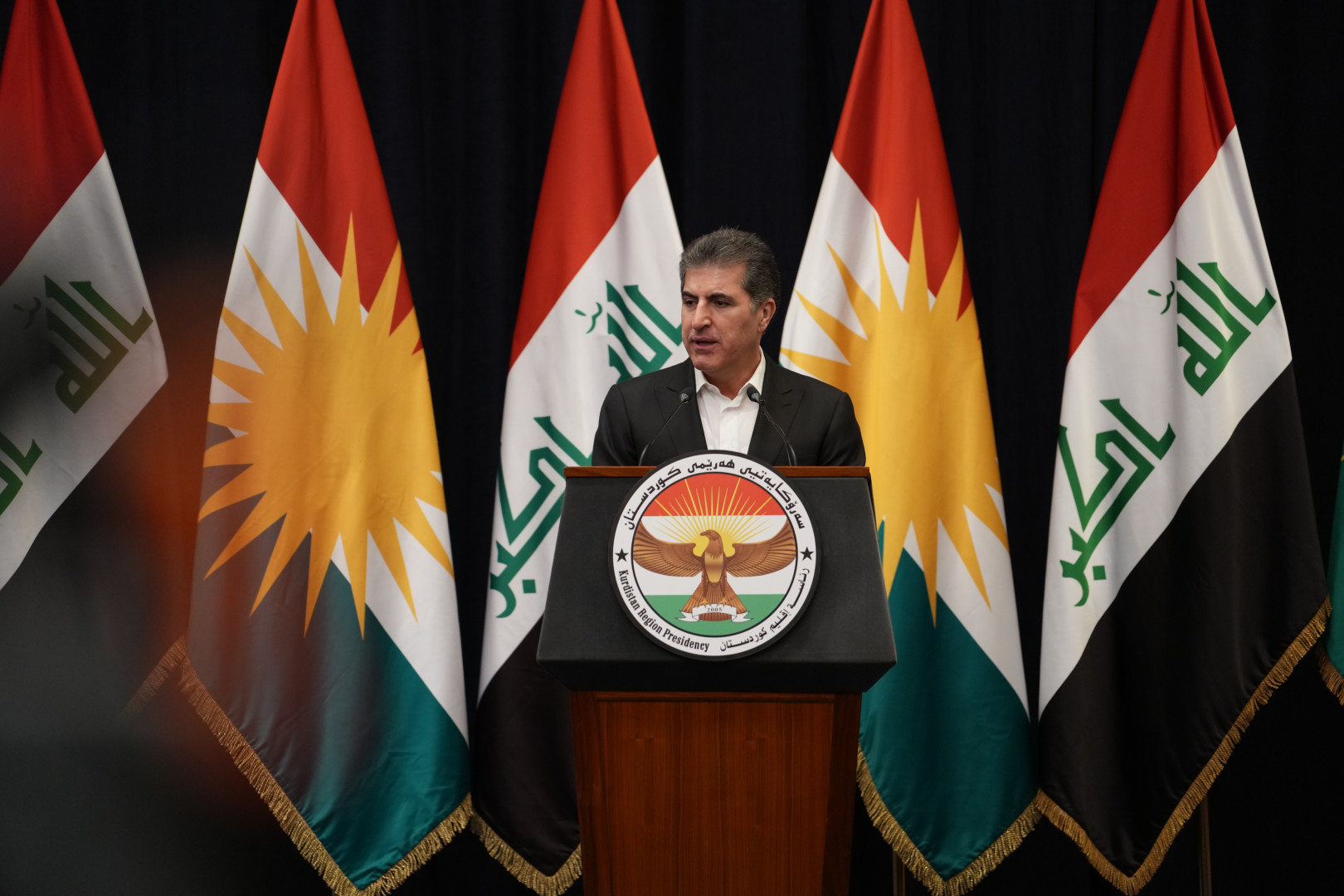
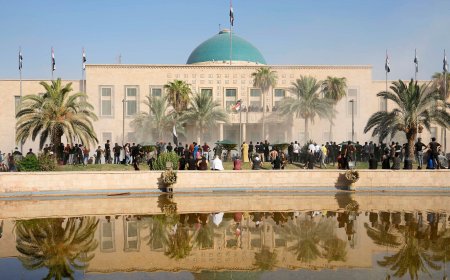

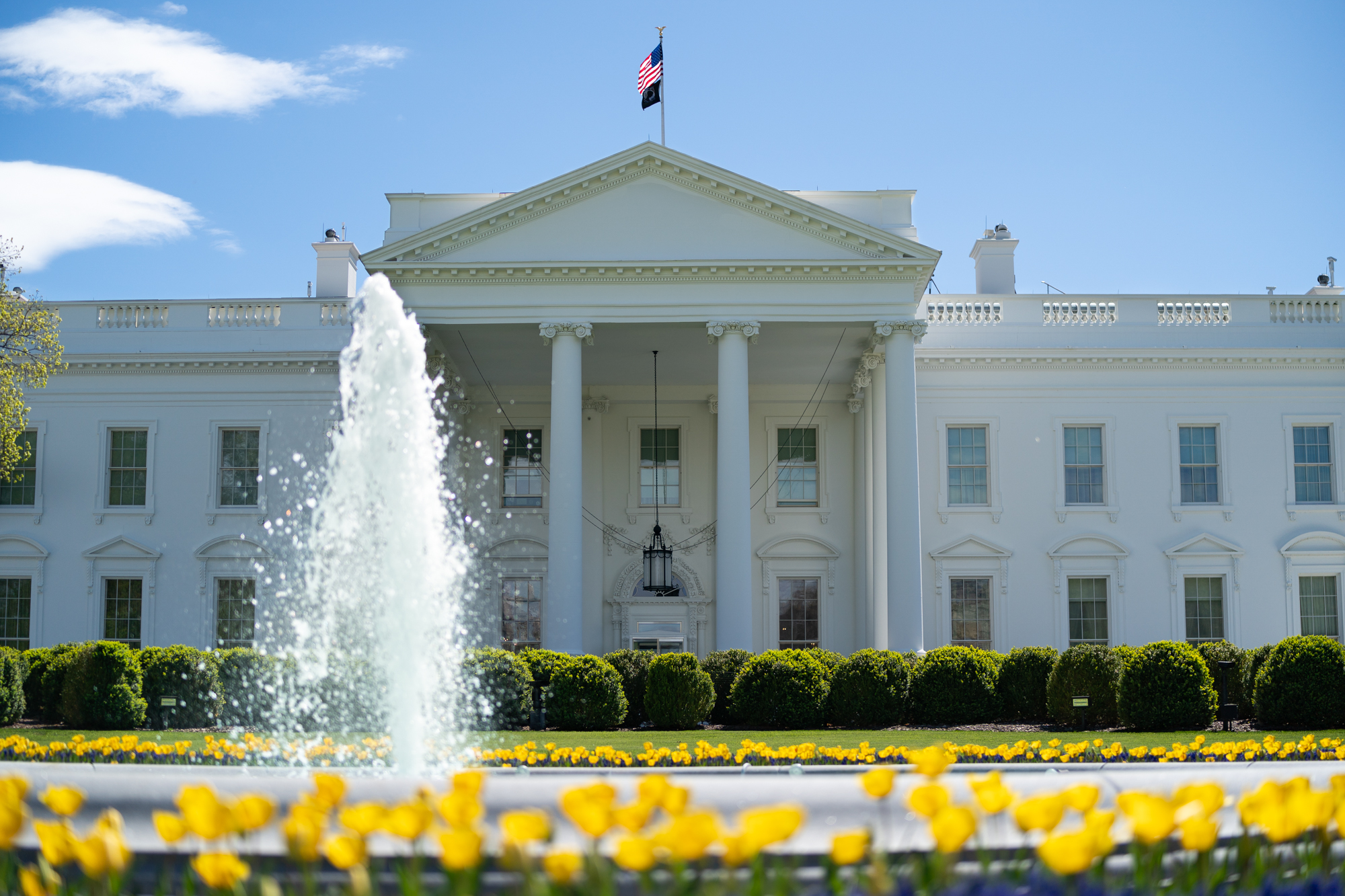
















/file/attachments/2984/kevin_927177_ac6b66996c6681fa673210c6013a08c2.jpg)


